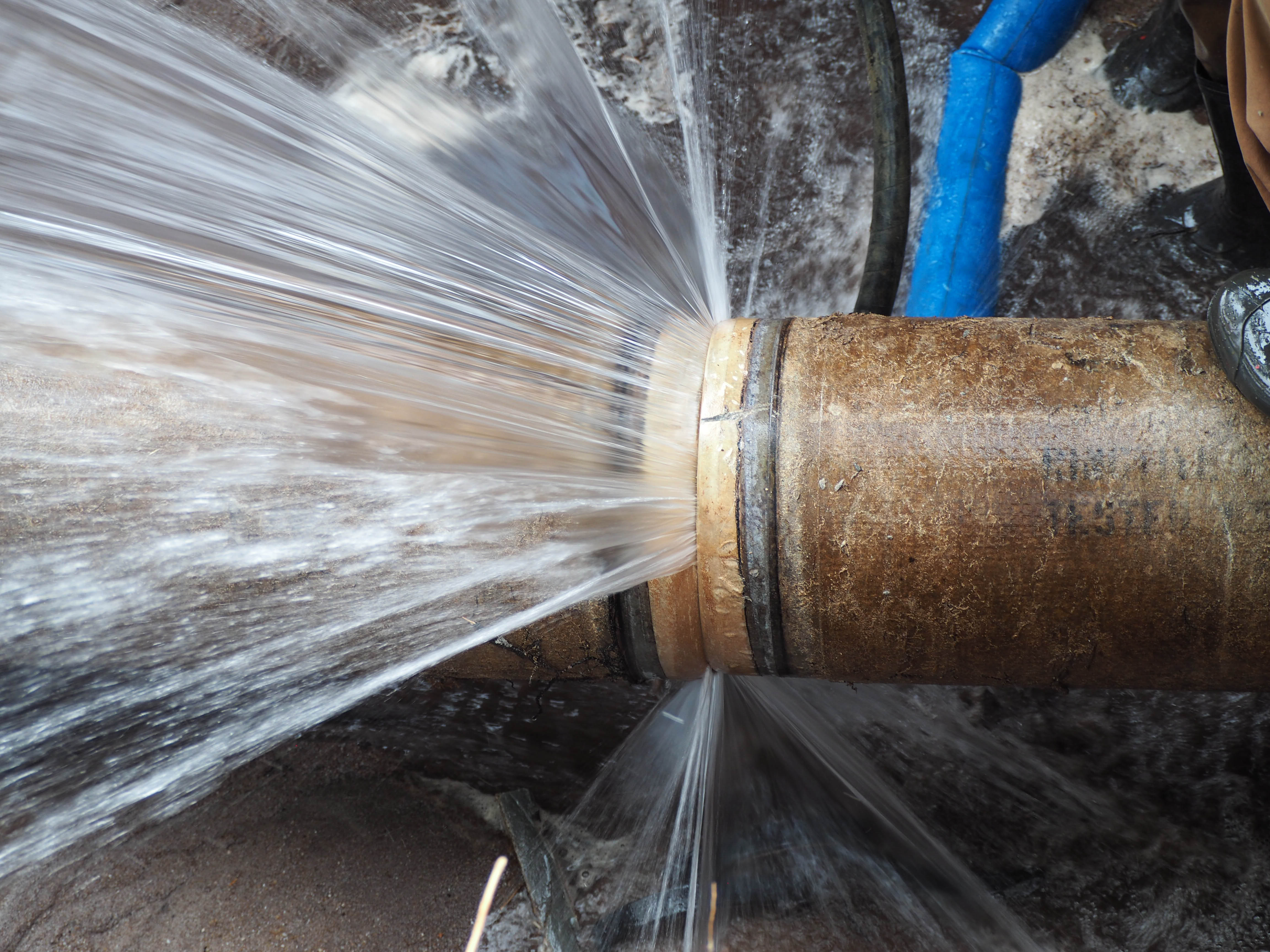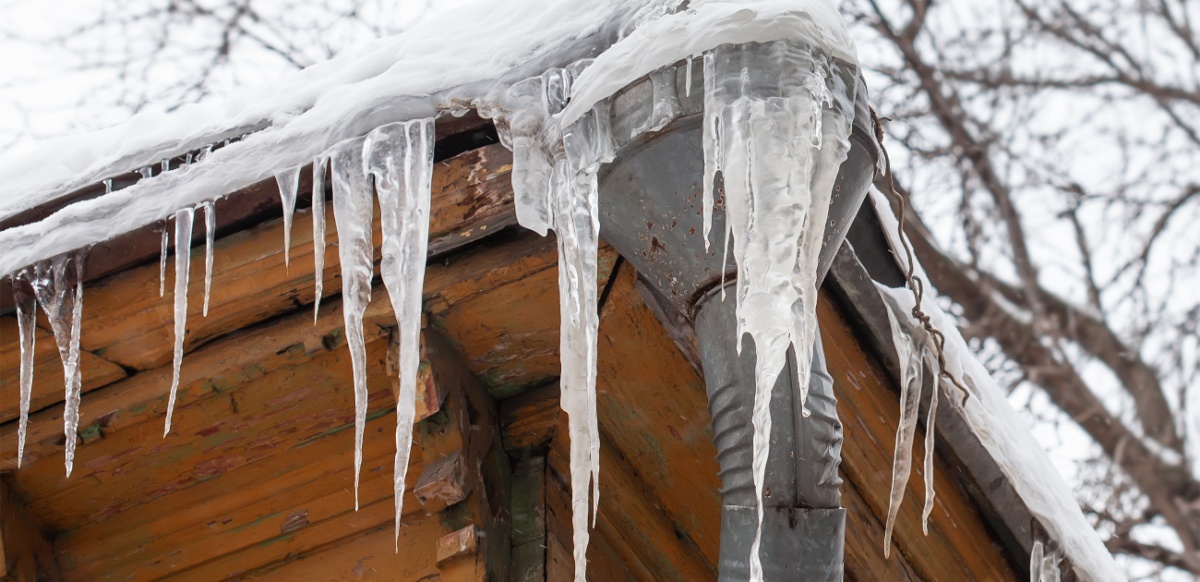This great article below in relation to How to prepare your home plumbing for winter weather is totally remarkable. Don't overlook it.

Winter can damage your pipes, specifically by freezing pipelines. Right here's just how to avoid it from happening and what to do if it does.
Intro
As temperatures decrease, the risk of icy pipes rises, potentially bring about costly repairs and water damage. Understanding how to avoid icy pipes is vital for house owners in chilly climates.
Understanding Frozen Pipelines
What creates pipes to ice up?
Pipelines ice up when subjected to temperatures listed below 32 ° F (0 ° C) for expanded periods. As water inside the pipes ices up, it increases, taxing the pipe wall surfaces and possibly causing them to burst.
Risks and damages
Icy pipelines can lead to water system disturbances, home damage, and expensive repairs. Ruptured pipelines can flood homes and cause considerable architectural damage.
Indicators of Frozen Water Lines
Identifying icy pipes early can prevent them from breaking.
Exactly how to recognize frozen pipelines
Look for lowered water flow from taps, unusual smells or sounds from pipes, and noticeable frost on exposed pipelines.
Avoidance Tips
Insulating prone pipelines
Wrap pipes in insulation sleeves or make use of heat tape to secure them from freezing temperature levels. Focus on pipelines in unheated or outside locations of the home.
Home heating strategies
Maintain interior areas effectively heated up, particularly areas with pipes. Open up cupboard doors to permit warm air to circulate around pipelines under sinks.
Shielding Outside Plumbing
Yard hoses and exterior faucets
Separate and drain pipes garden pipes before winter. Set up frost-proof spigots or cover outside faucets with insulated caps.
What to Do If Your Pipelines Freeze
Immediate actions to take
If you think icy pipelines, maintain faucets available to soothe stress as the ice thaws. Make use of a hairdryer or towels taken in hot water to thaw pipelines slowly.
Long-Term Solutions
Structural adjustments
Take into consideration rerouting pipelines away from exterior wall surfaces or unheated areas. Include additional insulation to attic rooms, basements, and crawl spaces.
Upgrading insulation
Buy top notch insulation for pipes, attics, and wall surfaces. Proper insulation assists keep consistent temperatures and lowers the risk of frozen pipes.
Final thought
Stopping icy pipes needs positive steps and quick responses. By understanding the causes, indications, and safety nets, property owners can safeguard their pipes during cold weather.
5 Ways to Prevent Frozen Pipes
Drain Outdoor Faucets and Disconnect Hoses
First, close the shut-off valve that controls the flow of water in the pipe to your outdoor faucet. Then, head outside to disconnect and drain your hose and open the outdoor faucet to allow the water to completely drain out of the line. Turn off the faucet when done. Finally, head back to the shut-off valve and drain the remaining water inside the pipe into a bucket or container. Additionally, if you have a home irrigation system, you should consider hiring an expert to clear the system of water each year.
Insulate Pipes
One of the best and most cost-effective methods for preventing frozen water pipes is to wrap your pipes with insulation. This is especially important for areas in your home that aren’t exposed to heat, such as an attic. We suggest using foam sleeves, which can typically be found at your local hardware store.
Keep Heat Running at 65
Your pipes are located inside your walls, and the temperature there is much colder than the rest of the house. To prevent your pipes from freezing, The Insurance Information Institute suggests that you keep your home heated to at least 65 degrees, even when traveling. You may want to invest in smart devices that can keep an eye on the temperature in your home while you’re away.
Leave Water Dripping
Moving water — even a small trickle — can prevent ice from forming inside your pipes. When freezing temps are imminent, start a drip of water from all faucets that serve exposed pipes. Leaving a few faucets running will also help relieve pressure inside the pipes and help prevent a rupture if the water inside freezes.
Open Cupboard Doors
Warm your kitchen and bathroom pipes by opening cupboards and vanities. You should also leave your interior doors ajar to help warm air circulate evenly throughout your home.

I'm just very fascinated by How to Prevent Your Pipes From Freezing and I hope you appreciated the entire blog entry. For those who appreciated our blog posting kindly be sure to pass it around. I treasure your readership.
Free Estimate